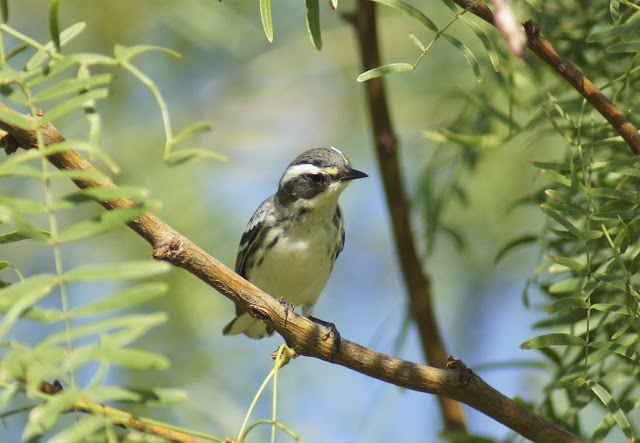This medium sized egret has a slender, black bill offset by its yellow cere and eye. It is moted noted for its pretty yellow slippers, which are diagnostic for the species. They range around the U.S. coast and can also be found inland of warmer states.
I would not want to be on the receiving end of that beak. |
The neck is coiled to strike here, much like a snake. The Snowy Egret uses its large feet to stir up the mud and flush out any tasty morsels. How she sees into the resulting murk I do not know. |
This bird has not yet withdrawn its neck into the S position common among long-necked waders. The feet continue to trail behind in flight. |









































